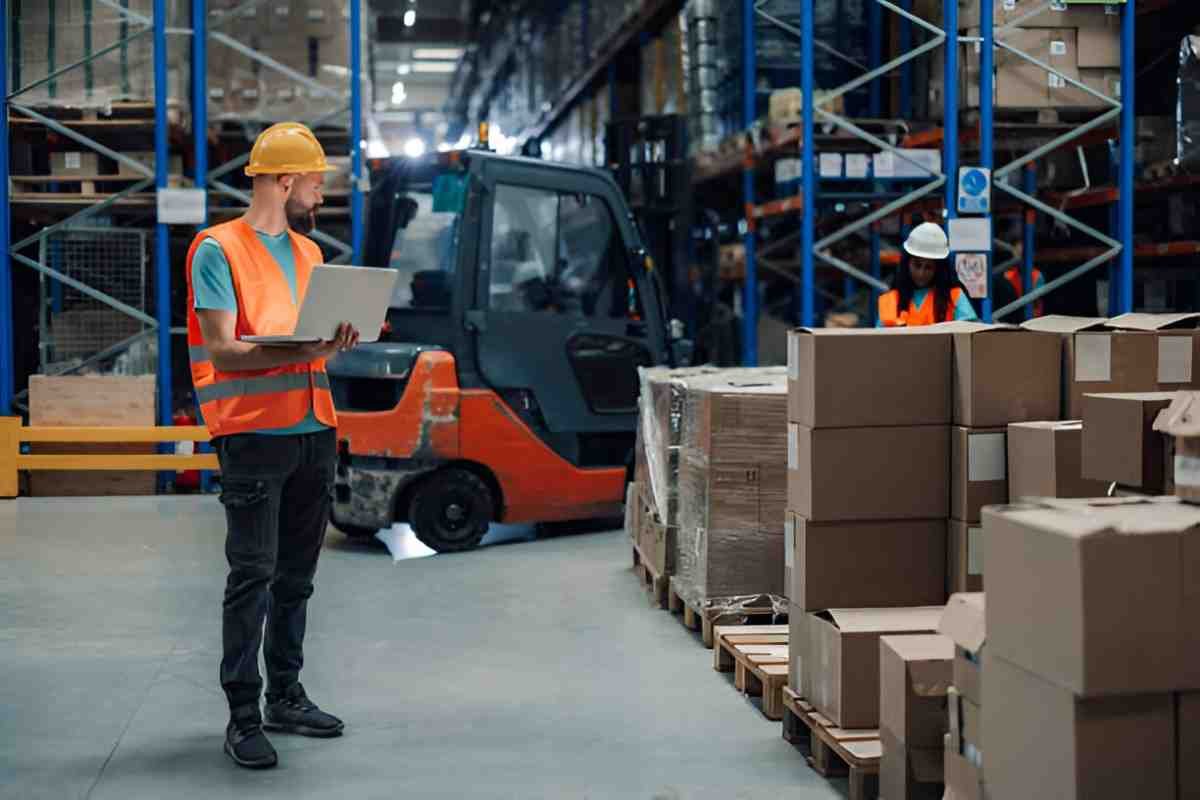As someone who has spent years navigating the complexities of international trade and taxation, I understand how daunting preferential duties can seem to newcomers. Whether you’re an importer, a small business owner, or a finance professional, grasping this concept can save you significant costs. In this guide, I break down preferential duties, their mechanics, and how you can leverage them to your advantage.
Table of Contents
What Are Preferential Duties?
Preferential duties are reduced or zero tariffs applied to goods imported from countries with which the U.S. has trade agreements. Unlike Most Favored Nation (MFN) rates—standard tariffs applied universally—preferential duties incentivize trade between partner nations.
How Preferential Duties Work
The core idea is simple: if Country A and Country B have a free trade agreement (FTA), goods traded between them may qualify for lower tariffs. However, not all goods automatically qualify. Rules of Origin (ROO) determine eligibility.
Rules of Origin (ROO)
ROO ensure that only goods genuinely produced in the exporting country benefit from preferential treatment. There are two main types:
- Wholly Obtained Rule: The product must be entirely made in the exporting country (e.g., agricultural goods).
- Substantial Transformation Rule: The product undergoes sufficient processing to change its tariff classification.
For example, if a U.S. company imports auto parts from Mexico under the USMCA, the parts must meet specific regional value content (RVC) thresholds.
Calculating Preferential Duties
Let’s say you import bicycles from a country with which the U.S. has an FTA. The MFN tariff rate is 10\%, but the preferential rate is 0\%. If the bicycles meet ROO, you pay no duty.
Example Calculation:
- Bicycle cost: \$500
- MFN duty: 10\% \times \$500 = \$50
- Preferential duty: 0\% \times \$500 = \$0
Savings: \$50 per unit.
Key U.S. Trade Agreements
The U.S. has several FTAs, each with unique provisions. Below is a comparison of major agreements:
| Trade Agreement | Partner Countries | Key Benefits |
|---|---|---|
| USMCA (formerly NAFTA) | Canada, Mexico | Reduced tariffs on autos, agriculture, and manufacturing |
| CAFTA-DR | Central American nations | Duty-free access for textiles and apparel |
| KORUS | South Korea | Lower tariffs on electronics and machinery |
Common Missteps and How to Avoid Them
Many importers assume all goods from FTA partners qualify. I’ve seen cases where businesses faced penalties for incorrect claims. Here’s how to avoid pitfalls:
- Verify Origin Early: Use supplier declarations and maintain documentation.
- Understand Product-Specific Rules: Some goods require a minimum percentage of local content.
- Stay Updated: Trade policies evolve. Regularly check the U.S. International Trade Commission (USITC) updates.
The Economic Impact of Preferential Duties
From a macroeconomic perspective, preferential duties boost trade volumes between partner nations. A 2021 USITC report found that USMCA increased U.S. exports to Mexico by 6.2\% in its first year. However, critics argue that such agreements can hurt domestic industries unable to compete with cheaper imports.
Final Thoughts
Preferential duties offer tangible benefits but require due diligence. By understanding ROO and maintaining compliance, you can minimize costs and maximize trade advantages. If you’re new to this, start with one FTA and expand as you gain confidence.





